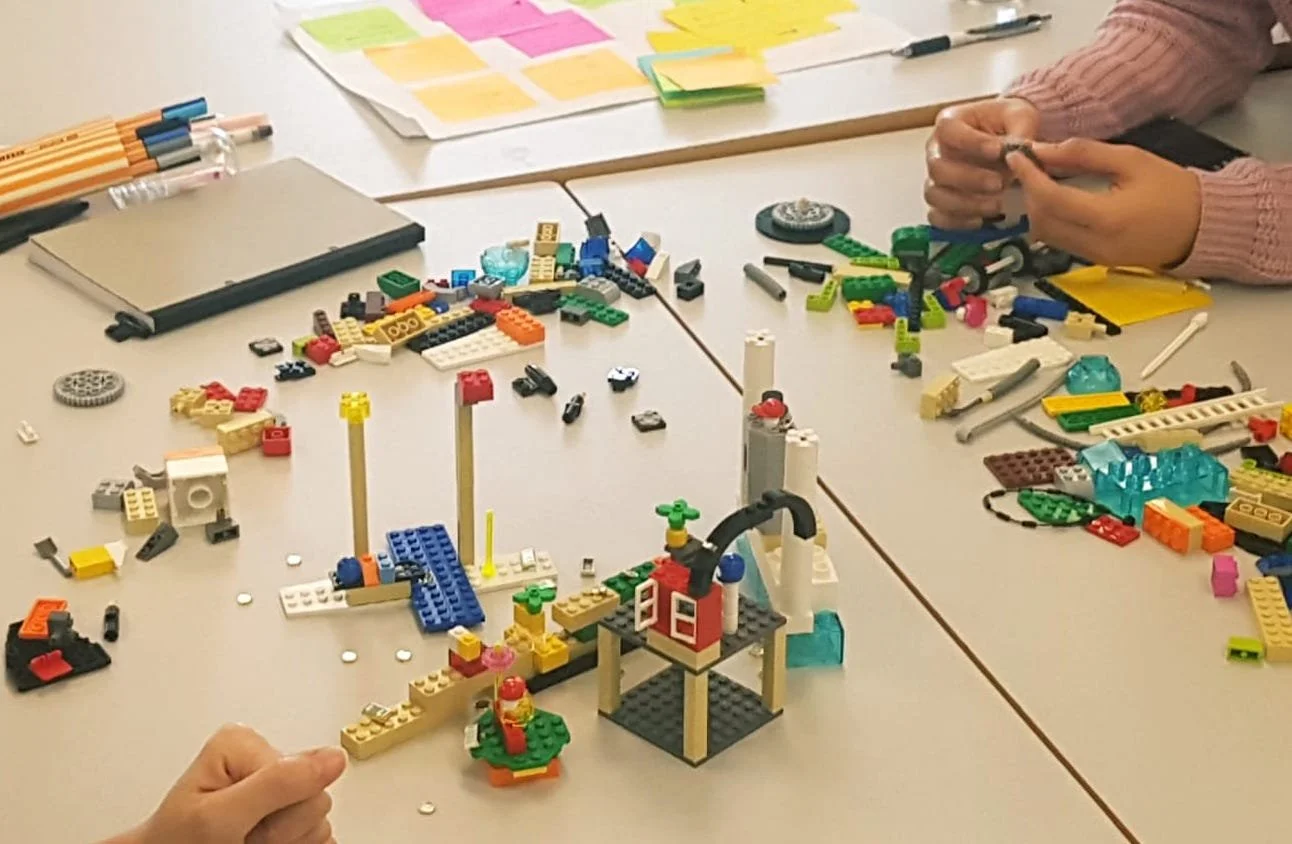Experience Design Workshop
Learn how to use the Design Thinking process for creative problem solving and innovative solutions. Create a prototype that represents the desired branded user experience of your product / service.
What is Design Thinking?
Design Thinking from Stanford’s Institute of Design is a methodology based on human-centred design process. Designers use design thinking to solve problems to create products or services that meet people’s needs.
“Design thinking is a human-centred approach to innovation that draws from the designer’s toolkit to integrate the needs of people, the possibilities of technology, and the requirements for business success.”
The Design Thinking process is an iterative process and according to Don Norman, the author of The Design of Everyday Things, “we need more design doing”.
The Design Thinking process can be summarised as follows:
Discovery & Empathise - Research to find out people’s needs, likes and dislikes as well as to observe people to understand their behaviour.
Define - Define the design question / problem based on people’ needs.
Ideate - Brainstorm for ideas to find a solution...there are lots of possible solutions.
Prototype - Design to solve a problem using sketching & prototyping.
Test - testing the prototype
Implement
The Evolution Of Design Thinking - Circular Design
Today, consumers expect brands to deliver innovative products and services that are based on positive brand values including commitments to social and environmental responsibility. Customers trust good brands and build an emotional connection with brands whose core values align with their own values.
According to IDEO, The evolution of Design Thinking - the future is Circular Design. IDEO’s circular design is aimed at changing the mindset from designing for a linear economy (where products are designed, made, used and disposed) to designing for a circular economy, to design long-lasting products where waste is minimised and the focus is on reuse and recycling.
Key benefits:
Learn how to identify problems
Learn to be empathetic (people-centred design)
Learn how to think creatively and to follow an iterative design process
Experience prototyping as a central stage of design thinking.

